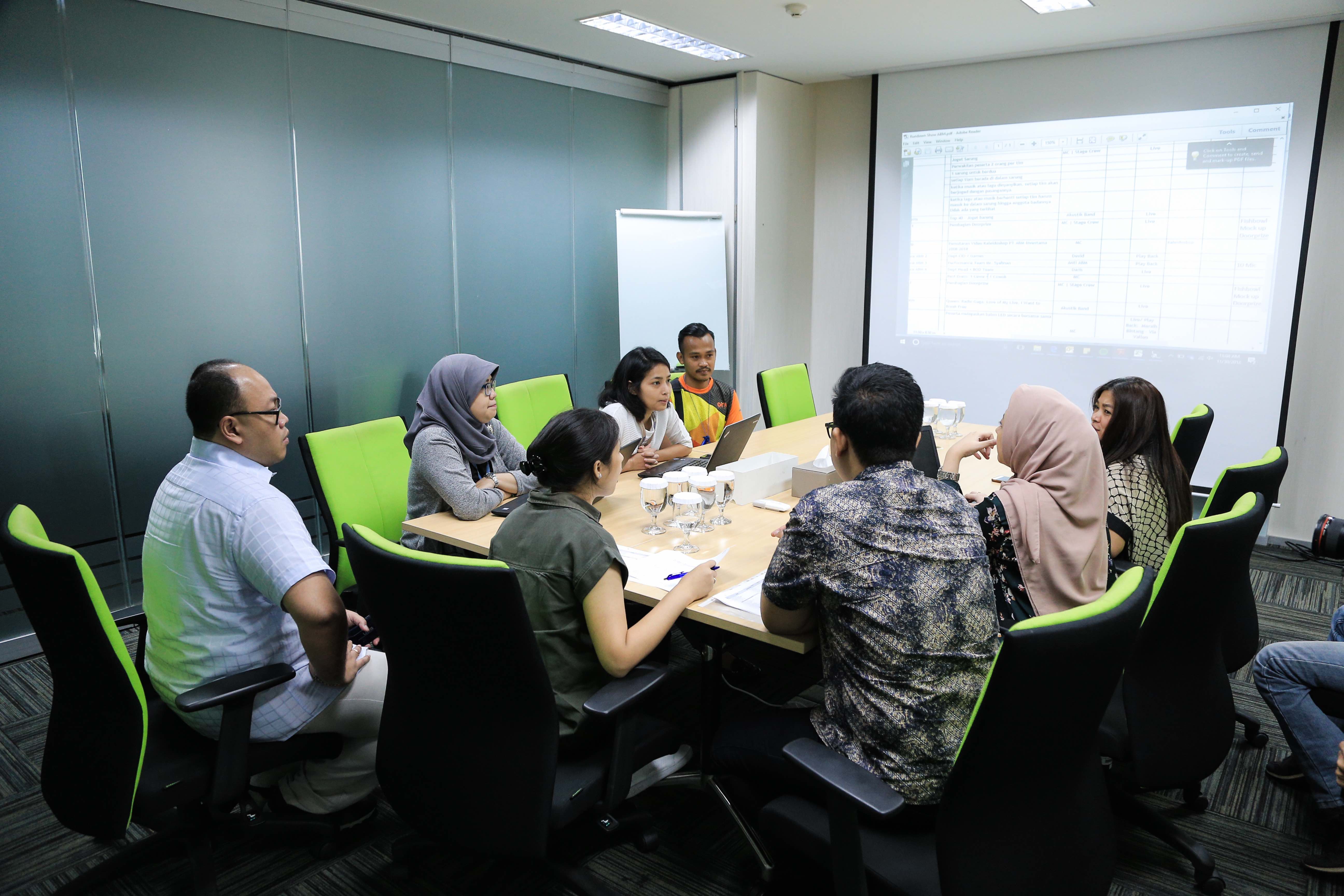
Health & Medicine
Why are women ignored by medical research?

Indonesia’s economy continues to grow and women have more access to education, so why aren’t more of the country’s women getting into work?
Published 9 March 2020
One of the big hurdles for gender equality is the gap between men and women in labour participation.
In most countries, fewer women than men are in the workforce.

It’s important that women have the opportunity to work if they want to do so. Working – and earning a wage – can help address other inequalities, like in income or household decision-making.
And, because women make up half the population, it makes sense to have as many women as possible contributing to the economy.
In many countries, women’s participation in the workforce has grown with the economy and with higher education levels.

Health & Medicine
Why are women ignored by medical research?
This is true in developed nations like Australia – where 64 per cent of working-age women are in jobs (ABS, 2018) – and in developing nations like China, Cambodia, and Thailand.
But our research focuses on Indonesia, where female labour participation has stalled at 50 per cent for the past 30 years.
This is a bit of a mystery because Indonesia’s economy has constantly grown over the same period.
Education levels for women have been increasing, as has investment in health.
To understand why more women aren’t getting into work in Indonesia, we investigated workforce data collected by the Indonesian National Socio-Economic Survey, the Indonesian Village Census and the Indonesian Family Life Survey.
As women gain greater access to education, we would expect to see more women in the workplace. But there are a number of factors running counter to this in Indonesia.
One is urbanisation.
In Indonesia, as in many other developing countries, jobs are shifting out of the agricultural sector to manufacturing and services, and people are moving to the cities.

Business & Economics
Women, age discrimination and work
Because agriculture is one of the biggest sources of employment for women in Indonesia, this means there are fewer jobs available for them.
Another big factor is family.
In other parts of the world, women usually take up work after finishing their education, and the number of women working reaches a peak soon after.
When they have kids, many women drop out of the labour market, but soon after they pick it up again and continue working. In some cases women choose to continue on a part-time basis, allowing them to keep their skills up to date.
But in Indonesia we found that after women finish their education a large proportion simply don’t enter the workforce.

They stay out because they are anticipating starting a family. And for those who enter, a large number leave after their first child is born.
Women’s labour force participation peaks at age 45, when around 70 per cent of working-age women are in jobs. This is a very late age to see a peak in female labour force participation.
Another factor is the divide between the formal and informal sectors in Indonesia.

Business & Economics
Rebelling against modern slavery
Informal jobs are unregulated – think “cash-in-hand” work – but are where the majority of women work. We thought that women working in the formal sector might move into the informal sector when they had children, because it offers more flexibility, but this isn’t the case.
In reality, women leaving the formal sector left work altogether.
This suggests companies in the formal sector aren’t doing enough to retain these women and helping them to return to work after having children.
A final contributing factor is the gender wage gap.
As in many countries, the labour sector in Indonesia appears to have a ‘glass ceiling’, which prevents women in high-earning jobs being paid as much as men.
In these jobs, women typically earn 13 per cent less than men.

But the Indonesian labour sector also has a problem common among developing nations, known as the ‘sticky floor’.
This describes the gap in wages between men and women in low-earning jobs. In Indonesia, this gap is much bigger than in high-earning jobs, with Indonesian women in low-earning jobs earning 63 per cent less than their male counterparts.
Both of these problems are a disincentive for women to join and stay in the workforce.

Health & Medicine
Fighting infection with curiosity
Increasing the proportion of women in work in Indonesia by 10 percentage points has the potential to increase the country’s GDP by around one percentage point.
While that doesn’t sound like much, it adds up to more than $A100 billion dollars every year and is significant in a country that’s trying to move from a low-middle to high-middle income country.
It is in Indonesia’s interest to give more women the opportunity to work.
There are two key policies that Indonesia could put in place to make the workforce more open to women.

First there are policies that encourage shared child-rearing responsibilities, like parental leave. We know from other countries, particularly in Scandinavia, that paternity leave, alongside maternity leave, can encourage more women into the workforce.
The second policy is flexible work like part-time jobs.
Current labour laws in Indonesia restrict flexible work to contract workers and freelancers. Extending flexible work arrangements to full-time workers, or allowing part-time jobs with full employee entitlements, would allow women to raise children and work at the same time.
Workplaces could also provide childcare at work.
Our research has contributed to some sections of the Indonesian government implementing some of these policies. But our hope is that data like this will help more Indonesian women have the opportunity to work.
Banner: Getty Images